Customs union
|
Read other articles:

Schema della campagna di Chickamauga V · D · MGuerra di secessione americanaTeatro OrientaleCampagna peninsulare – Campagna della Valle – Virginia del Nord – Maryland – Manassas – Fredericksburg – Chancellorsville – Gettysburg – Bristoe – Mine Run – Campagna terrestre– Bermuda Hundred – Shenandoah – Petersburg – Appomattox Teatro Occidentale Shiloh – Corinth – Kentucky – St…

Cars 2Berkas:Cars 2 Poster.jpgPoster filmSutradaraJohn LasseterBrad Lewis (co-director)ProduserDenise ReamSkenarioBen QueenCeritaJohn LasseterBrad Lewis (co-director)PemeranOwen WilsonLarry the Cable GuyMichael CaineEmily MortimerJason IssacsThomas KretschmannPenata musikMichael GiacchinoTanggal rilis 24 Juni 2011 (2011-06-24) (Amerika Serikat) 22 Juli 2011 (2011-07-22) (Inggris) 12 Oktober 2011 (2011-10-12) (Indonesia) Durasi106 menitNegaraAmerika SerikatBahasaI…
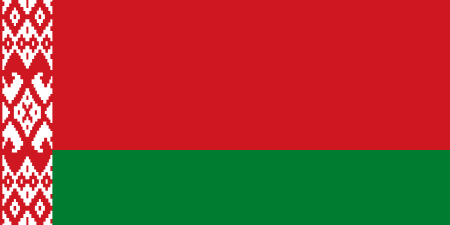
يفتقر محتوى هذه المقالة إلى الاستشهاد بمصادر. فضلاً، ساهم في تطوير هذه المقالة من خلال إضافة مصادر موثوق بها. أي معلومات غير موثقة يمكن التشكيك بها وإزالتها. (نوفمبر 2019) الدوري البيلاروسي الممتاز 1997 تفاصيل الموسم الدوري البيلاروسي الممتاز النسخة 7 البلد بيلاروس الت…

МифологияРитуально-мифологическийкомплекс Система ценностей Сакральное Миф Мономиф Теория основного мифа Ритуал Обряд Праздник Жречество Мифологическое сознание Магическое мышление Низшая мифология Модель мира Цикличность Сотворение мира Мировое яйцо Мифическое вр…

Race details Date 11 August 2002 Official name Marlboro Masters of Formula 3 Location Circuit Park Zandvoort, Netherlands Course 4.307 km (2.676 mi) Distance 25 laps, 107.675 km (66.906 mi) Pole Driver Fabio Carbone Fortec Motorsport Time 1:33.639 Fastest Lap Driver Bruce Jouanny Promatecme F3 Time 1:34.533 (on lap 6 of 25) Podium First Fabio Carbone Fortec Motorsport Second Olivier Pla ASM Third Tristan Gommendy ASM The 2002 Marlboro Masters of Formula 3 was the twelfth Mast…

Ne doit pas être confondu avec Intervention militaire israélienne au Liban de 1982. Carte montrant la ligne de démarcation (en bleu) entre le Liban et Israël, établie par l'ONU après l'opération le conflit du Sud-Liban de 1978 et le retrait israélien de 1978. Elle suit la ligne verte correspondant à celle du cessez-le-feu de 1949. Le conflit du Sud-Liban de 1978 se produit du 14 au 21 mars 1978 lorsque l'armée israélienne envahit une partie du Liban du Sud. Cette invasion est condamn�…
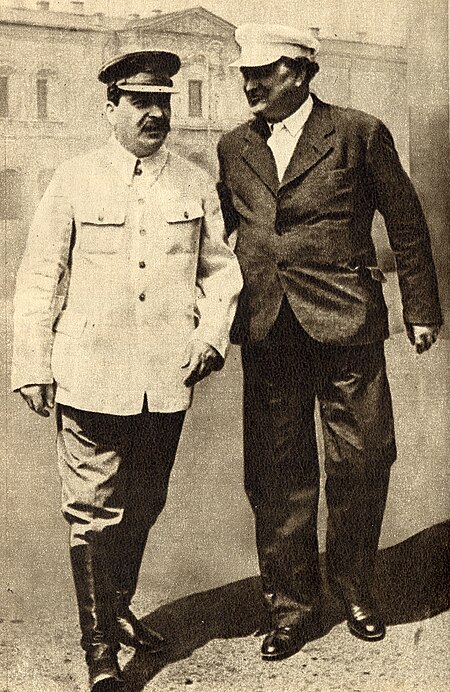
此條目之中立性有争议。其內容、語調可能帶有明顯的個人觀點或地方色彩。 (2011年6月)加上此模板的編輯者需在討論頁說明此文中立性有爭議的原因,以便讓各編輯者討論和改善。在編輯之前請務必察看讨论页。 格奥尔基·季米特洛夫保加利亚共产党中央委员会总书记任期1948年8月—1949年7月2日前任自己(第一书记)继任维尔科·契尔文科夫保加利亚共产党中央委员会第一书�…
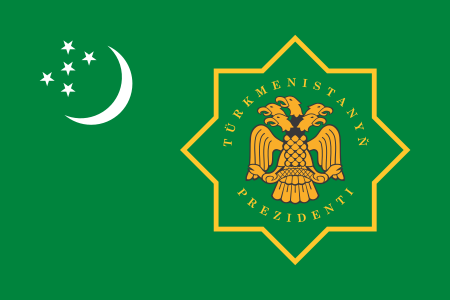
土库曼斯坦总统土库曼斯坦国徽土库曼斯坦总统旗現任谢尔达尔·别尔德穆哈梅多夫自2022年3月19日官邸阿什哈巴德总统府(Oguzkhan Presidential Palace)機關所在地阿什哈巴德任命者直接选举任期7年,可连选连任首任萨帕尔穆拉特·尼亚佐夫设立1991年10月27日 土库曼斯坦土库曼斯坦政府与政治 国家政府 土库曼斯坦宪法 国旗 国徽 国歌 立法機關(英语:National Council of Turkmenistan) 土�…

Church in London Borough of Hackney, United KingdomSt Leonard's, Shoreditch18th-century print of St Leonard'sLocationLondon Borough of HackneyCountryUnited KingdomDenominationChurch of EnglandArchitectureArchitect(s)George Dance the ElderStylePalladianYears built1740AdministrationDioceseLondonClergyVicar(s)Paul Turp Looking towards the east end St Leonard's, Shoreditch, is the ancient parish church of Shoreditch, often known simply as Shoreditch Church. It is located at the intersection of Shore…

1986 single by Van Halen Love Walks InSingle by Van Halenfrom the album 5150 B-sideSummer NightsReleasedJuly 1986Recorded1985–1986Studio5150 Studios, Studio City, CaliforniaGenreSynth-rockLength5:11LabelWarner Bros.Songwriter(s)Eddie Van Halen, Sammy Hagar, Alex Van Halen and Michael AnthonyVan Halen singles chronology Dreams (1986) Love Walks In (1986) Best of Both Worlds (1986) Love Walks In is a power ballad[1][2][3] by American rock band Van Halen released as the th…

Robur-le-Conquérant Frontispice du roman. Auteur Jules Verne Pays France Genre Roman d'anticipation Éditeur Pierre-Jules Hetzel Date de parution 1886 Illustrateur Léon Benett Nombre de pages 318 Chronologie Série Voyages extraordinaires Frritt-Flacc Nord contre Sud modifier Robur-le-Conquérant est un roman d'anticipation de Jules Verne, paru en 1886. Historique Le roman paraît d'abord en feuilleton dans le Journal des débats politiques et littéraires, du 29 juin au 18 août 1886[1]…

「アプリケーション」はこの項目へ転送されています。英語の意味については「wikt:応用」、「wikt:application」をご覧ください。 この記事には複数の問題があります。改善やノートページでの議論にご協力ください。 出典がまったく示されていないか不十分です。内容に関する文献や情報源が必要です。(2018年4月) 古い情報を更新する必要があります。(2021年3月)出典�…

Paola SuárezKebangsaan ArgentinaTempat tinggalMunro, ArgentinaLahir23 Juni 1976 (umur 47)Pergamino, ArgentinaTinggi170 m (557 ft 9 in)Memulai pro1 Maret 1991Pensiun2007, 2014Tipe pemainRight-handed (two-handed backhand)Total hadiah$5,217,775TunggalRekor (M–K)371–239Gelar4Peringkat tertinggiNo. 9 (7 Juni 2004)Hasil terbaik di Grand Slam (tunggal)Australia Terbuka4R (2001)Prancis TerbukaSF (2004)WimbledonQF (2004)AS TerbukaQF (2003)GandaRekor (M–K)513–192Gela…
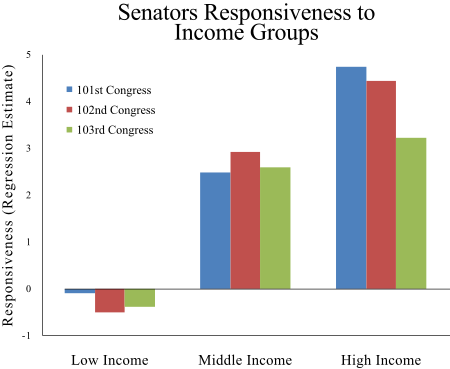
American political scientist Larry BartelsBorn (1956-05-16) May 16, 1956 (age 67)Academic backgroundAlma materYale University (B.A.), (M.A.) University of California, Berkeley (Ph.D.)Academic workInstitutionsVanderbilt UniversityPrinceton UniversityUniversity of Rochester Larry Martin Bartels (born May 16, 1956)[1] is an American political scientist and the Co-Director of the Center for the Study of Democratic Institutions and Shayne Chair in Public Policy and Social Science at Vand…

Artikel ini sebatang kara, artinya tidak ada artikel lain yang memiliki pranala balik ke halaman ini.Bantulah menambah pranala ke artikel ini dari artikel yang berhubungan atau coba peralatan pencari pranala.Tag ini diberikan pada Februari 2023. Braga Culinary Night adalah salah satu kegiatan mingguan di Kota Bandung yang menyajikan berbagai macam jajanan, makanan dan minuman.[1] Kegiatan ini dilaksanakan di Jalan Braga, salah satu daerah kota tua di Kota Bandung.[1] Kegiatan ini…

Village in Safad, Mandatory PalestineEin al-Zeitun عين الزيتونAyn az-ZaytunVillageEin al-Zeitun, 1948Etymology: spring of olives[1] 1870s map 1940s map modern map 1940s with modern overlay map A series of historical maps of the area around Ein al-Zeitun (click the buttons)Ein al-ZeitunLocation within Mandatory PalestineCoordinates: 32°58′51″N 35°29′30″E / 32.98083°N 35.49167°E / 32.98083; 35.49167Palestine grid196/265Geopolitical entityM…

Rai 3Logo dell'emittenteStato Italia Linguaitaliano Tipogeneralista Target35+ anni[2] VersioniRai 3 SD 576i (SDTV)(data di lancio: 15 dicembre 1979)Rai 3 HD 1080i (HDTV)(data di lancio: 25 ottobre 2013) Data chiusura16 marzo 2023 (Rai 3 SD) Nomi precedentiTerza Rete/Rete 3 (15 dicembre 1979-2 ottobre 1983)Rai Tre (3 ottobre 1983-18 maggio 2010) EditoreRai Sitoraiplay.it Diffusione con programmazione personalizzata in alcune fasce orarie a livello regionaleTerrestre Rai RAI Mux MR Ra…

2017 ABC Supply 500Race details14th round of the 2017 IndyCar Series seasonDateAugust 20, 2017Official nameABC Supply 500LocationPocono RacewayCoursePermanent racing facility2.5 mi / 4.0 kmDistance200 laps500 mi / 800 kmPole positionDriverTakuma Sato (Andretti Autosport)Time40.9008 + 41.0518 = 1:21.9526Fastest lapDriverTony Kanaan (Chip Ganassi Racing)Time41.2230 (on lap 182 of 200)PodiumFirstWill Power (Team Penske)SecondJosef Newgarden (Team Penske)ThirdAlexander Rossi…

Triangolo Lariano Stati Italia Regioni Lombardia Cartina del lago di Como. Si nota tra i due rami del lago il Triangolo Lariano Triangolo Lariano Il Triangolo Lariano (o Penisola Lariana) è la parte di terra compresa fra i due rami del lago di Como, detto anche Lario, da cui il nome del triangolo. Costituisce quindi una penisola. Occupato da rilievi montuosi prealpini, che culminano col Monte San Primo (1.686 metri), è tagliato in senso verticale dal solco della Valassina (o Vallassi…
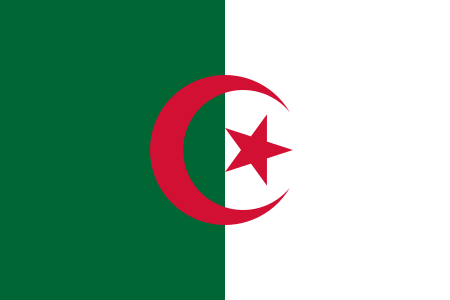
يفتقر محتوى هذه المقالة إلى الاستشهاد بمصادر. فضلاً، ساهم في تطوير هذه المقالة من خلال إضافة مصادر موثوق بها. أي معلومات غير موثقة يمكن التشكيك بها وإزالتها. (ديسمبر 2018) دائرة تنيرة دائرة تنيرة الإدارة ولاية ولاية سيدي بلعباس مركز الدائرة تنيرة البلديات التابعة بعض الأرقام ا…

